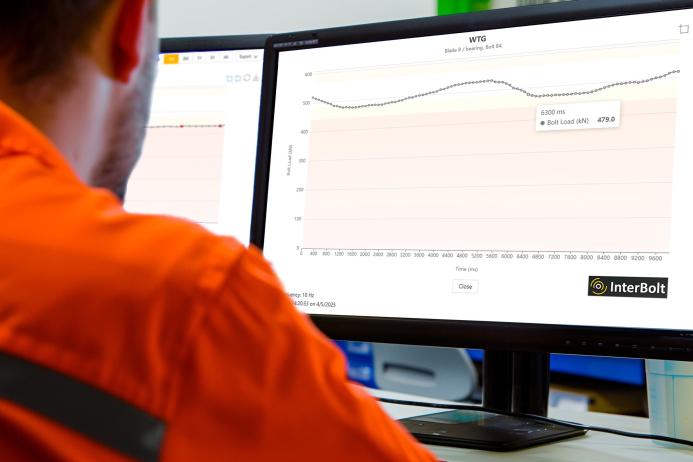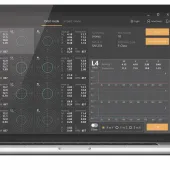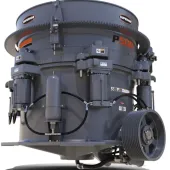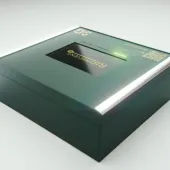New feature for InterBolt intelligent bolting system
Intelligent system first to feature dynamic load monitoring for addressing bolt fatigue failures
INTERBOLT have incorporated an important new feature into their intelligent bolting system. The UK-based manufacturer is first to market with a solution that offers dynamic load monitoring to quantify cyclic loading of bolted connections.
This new feature allows engineers to measure bolt load up at up to 250Hz whilst the asset is operational. The InterBolt sensors autonomously measure the bolt load at high frequency then transmit this wirelessly to the InterBolt Cloud where it is stored, analysed, and visualized. This means engineers can remotely monitor cyclic loading of bolted connections from anywhere in the world with an Internet connection.
InterBolt typically provides bolt load measurements every hour or day. With its dynamic load-monitoring feature, it is now possible to capture critical bolt load data in much shorter intervals, as low as 4 milliseconds. Through a sophisticated burst sampling regime, InterBolt can still achieve a 12–15 year battery life with dynamic load monitoring enabled.
InterBolt’s chief technical officer, Jack Hughleigh, explained: ‘Our dynamic load-monitoring feature is a real game changer. Eighty percent of bolting failures are due to fatigue but engineers currently have no way of measuring cyclic loading and identifying when fatigue failures are likely to occur.
‘Now with InterBolt, cyclic loading can be quantified for the first time. This will significantly accelerate design validation and be an important tool for bolt failure investigations.’
The InterBolt system provides real-time bolt load measurements via a highly accurate miniature bolt load sensor embedded directly into the bolt or threaded stud itself. The technology provides on-site bolt load measurements to ensure bolts are tightened accurately as well as remote bolt load monitoring to eliminate the need for manual periodic inspection.
The system features long-range wireless communications (up to 1km), LED indicators, and a 12–15 year battery life. The technology is already widely used across the European and North American wind, rail, and mining industries.










